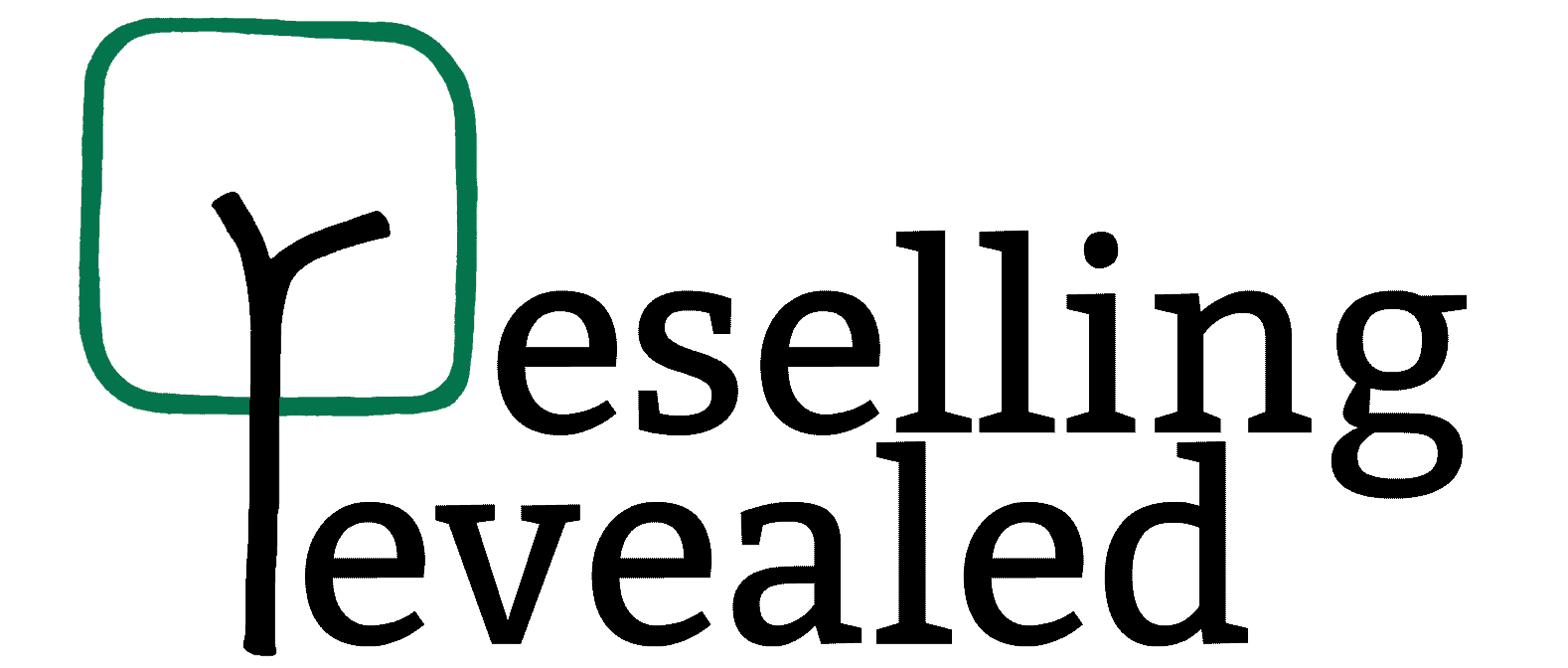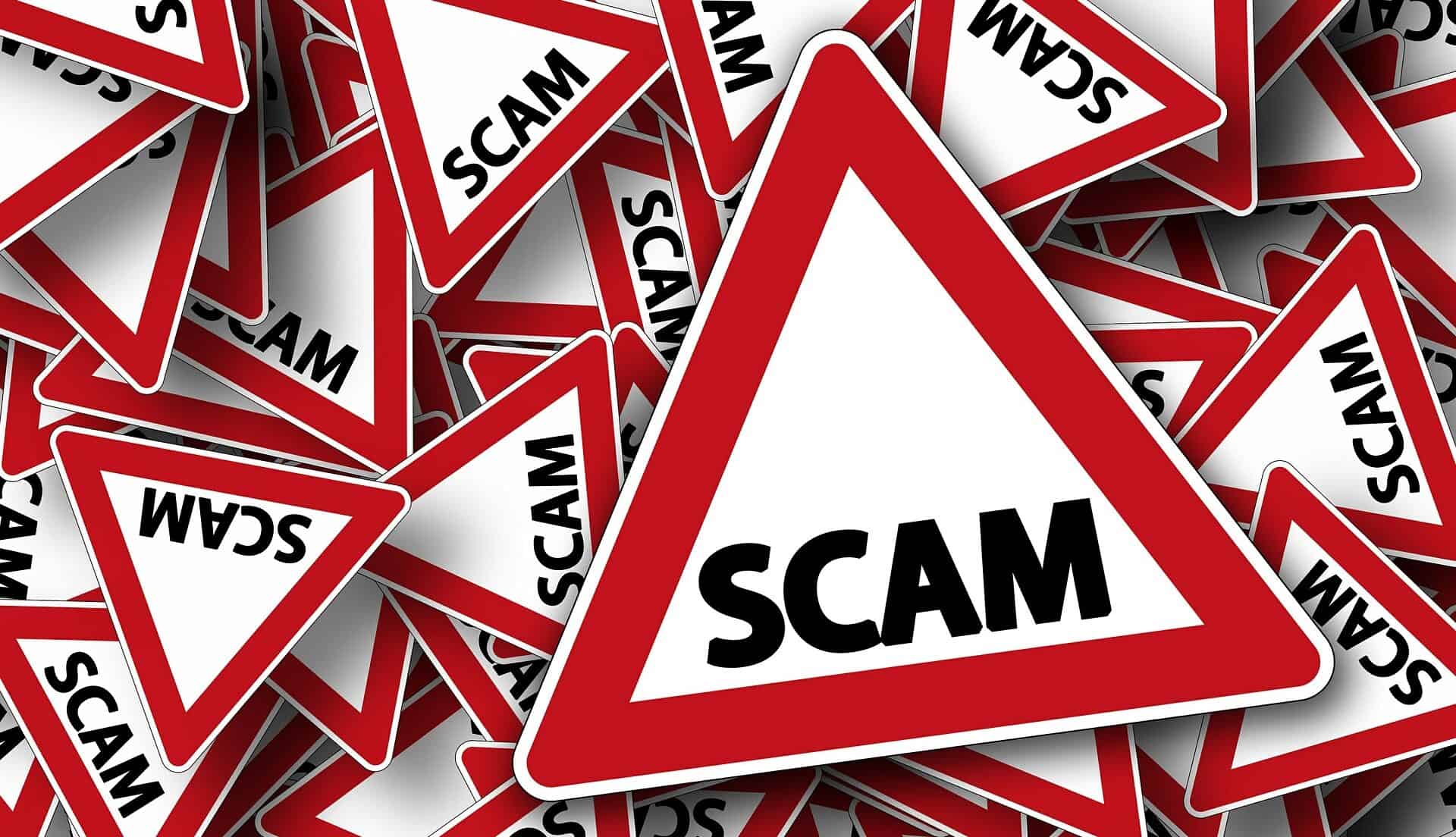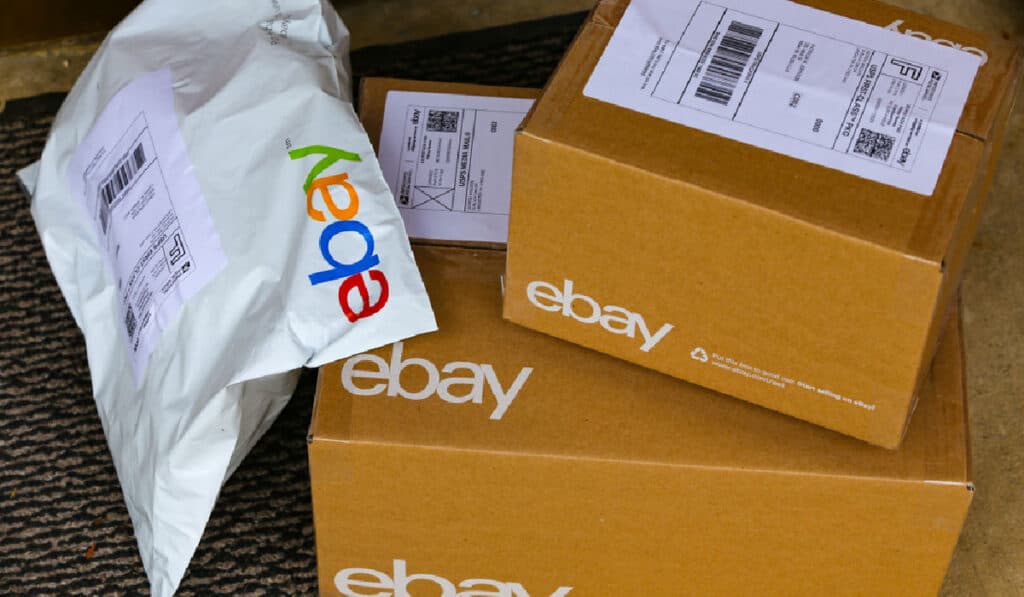As an Amazon Associate I earn from qualifying purchases.
In the “Golden Days” of eBay, times were amazing for both buyers and sellers. Just ask anyone who remembers them. Buyers found amazing deals and sellers made tons of money because there weren’t as many eBay stores.
The part that no one remembers is the incredible number of scams that existed on eBay.
There were fake items, scammy sellers, and straight-up frauds.
While many of those early deals are gone, thankfully, so are the majority of the scams.
eBay has worked hard to clean up its platform and make it a safe place for both buyers and sellers.
Unfortunately, some eBay scams are still alive and well. It’s also possible to have a terrible experience on eBay just because the buyer or seller you’re dealing with is inept.
While I can’t help you entirely avoid inept sellers, I have dealt with dozens of straight-up scammers over my years as an eBay seller and can point you in the right direction there.
The 5 Most Common eBay Scams
1. The “Switcheroo” Scam
Type: Buyer Scams Seller
In one of the more common eBay scams, buyers will buy an item off your store that they already own a broken or worn-out version of. When they get your item, they will simply open a return, ship you back the broken one, and request a refund.
If this happens to you, contact eBay immediately!
In theory, if an item is not returned as it was shipped, you do not have to refund and eBay will side with you. However, it’s often a bit messier.
I’ve had several instances where eBay would not side with me because I couldn’t “prove” the condition that the item was sent in.
There are a couple of ways around this scam if you’re a seller:
- We have several friends who include something along the lines of this in their listing, “We mark all of our products with a small mark which only shows up under UV light. If you return an item, we do not refund until we have ascertained that the item we received in return was indeed the item we shipped.” Whether or not this is effective (or even if our friends actually mark their stuff…) is up for debate but you might consider this option if you are overly concerned.
- You can also take a video of yourself both packing your items and opening your returns. Many people feel that this is proof enough of how the item was sent and how it was returned.
- If you’re selling electronics, you may want to get some of those “tamper proof” stickers that you can put on the item in case they decide to be clever and open it to steal parts. This is especially important with something like a laptop where they can take out parts and it won’t be immediately noticeable when they return it.
Whatever you do, make sure you report the problem to eBay. Even if they don’t take your side they will have a record of the scammer’s doings and it’s less likely they will get away with it next time.
2. The “Damaged Goods” Scam
Type: Buyer Scams Seller
Electronics and home goods are perhaps the most susceptible to this particular shenanigan.
The buyer claims that the item was dead on arrival or has some issue (makes weird noises, etc). They then say that they’re willing to fix it but need you to cover the repair cost.
The kicker is, there’s nothing wrong with the item and it just wasn’t quite what they expected or they want a better deal.
The best way to solve this problem is simply to ask for a picture to verify the damage if they say there is a physical problem with the item.
If they want to get the item fixed or repaired locally, ask them to get a quote and scan it in.
If you can ascertain that they are telling the truth, you can then refund them the quoted amount.
When it comes to asking for proof, be a stickler.
3. The “Partial Refund” Scam
Type: Buyer Scams Seller
We have had several instances where a buyer messages us to let us know that the item we sent them was “very much not as described, was sized incorrectly, has a hole that we missed, etc.” and that they need a partial refund to be satisfied.
Do not give in to this.
Instead, we respond to the message with the following: “We are very sorry to hear that you are unsatisfied with your purchase. Although we do not offer partial refunds, if you initiate a return through eBay we will gladly accept the return and refund you the entire original cost plus shipping! Again, we apologize for this convenience and offer our thanks for allowing us to fix this problem.”
9 times out of 10 the person disappears and never messages us again.
There is, however, the possibility that they are genuine. As in the last scam, you can always ask for a picture and go from there.
4. The “Fake Picture” Scam
Type: Seller Scams Buyer
This scam is a bit different because it is typically the buyer that is scammed.
Many dishonest sellers will take a picture of a genuine item (an authentic Burberry jacket, for example) and then, when you buy it, send you a fake version of the same jacket.
In most cases, the buyer doesn’t realize that the version they got is not authentic. If the seller is really sneaky, they might even have the original item authenticated and send the certificate of authenticity with the fake item.
Because eBay typically sides with buyers, simply open a return with the reason “Not As Described.” This forces the seller to pay return shipping and offer a full refund when the item is delivered.
You can also leave feedback about the situation to warn other buyers.
5. The “Didn’t Receive It” Scam
Type: Buyer Scams Seller
A couple of times a month we have a buyer message us saying that the tracking reports that the item was delivered but they don’t have it.
Most times this is simply a problem with USPS tracking (one of many) and the item is delivered the next business day. Other times, it is because the address the buyer gave us has a problem.
And then there is the other option, someone is trying to scam you.
Last Christmas we sent a buyer in Israel a $400 pair of cycling shoes. The same hour that tracking showed them as delivered, the buyer open a claim on eBay, a case on PayPal, and a chargeback with his bank saying that he didn’t receive them.
We uploaded tracking showing that the item was delivered and, eventually, won all of the cases.
It’s not always true that the buyer is trying to scam you but it does seem to be the case more often than not.
If you have tracking that shows the item was delivered to the address provided then eBay will back you up. If the item was lost, it would be up to you to make it right but, in this case, it’s up to the person to make sure they get their “delivered” item.
Also, if the person leaves you negative feedback for the item not being delivered eBay will remove it for you.
Now, these are the more common types of scams but it doesn’t even scratch the surface on people who knowingly sell fake items, sellers who run out the return clock, etc.
I’ll mention one more scam here just because I find it so ridiculous (and a bit funny).
A seller will list a picture of a receipt, a picture of an item, a picture of tickets, etc. They then word the title and description ambiguously and never promise the actual item. When the person purchases the listing they are simply sent the picture of the item that was shown in the listing’s photographs.
Sellers also game the system by selling doll furniture as full-size furniture and not providing measurements. Be sure to read the description and know what you’re buying
While these might not technically be a scam, they are not exactly honest business practices either as it’s based on deception.
What To Do If You’ve Been Scammed On eBay
Whether you are a buyer or seller, if you think you’ve been scammed then get eBay involved ASAP. I hate to say it but eBay often sides with the person who speaks up first and loudest. If you go on record immediately that you think you’re being scammed it is often up to the other person to prove that you are not.
The other thing I always tell people is to trust their gut. If you have a pesky buyer who is demanding or acting a bit crazy about a high-dollar item, just block them. The potential profits are worth the stress and potential heartache of being scammed.
On the other hand, if you’re a buyer and a deal sounds too good to be true, it probably is. Trust your gut and make sure you read the entire description and study the pictures!
In other words, just be smart and don’t trust someone just because they are on eBay.
Are There Fewer Scammers On Other Platforms?
This whole article begs the question, why would anyone buy or sell on eBay if there are so many scams?
Well, because there are so many amazing deals to be had! And, honestly, scams are getting more unusual on the site. eBay, in general, is a safe place to sell and shop.
No selling platform is devoid of scams. There are scams on Mercari, Poshmark, and even on Amazon.
Just be aware and you’ll be able to avoid them. Best of luck!





